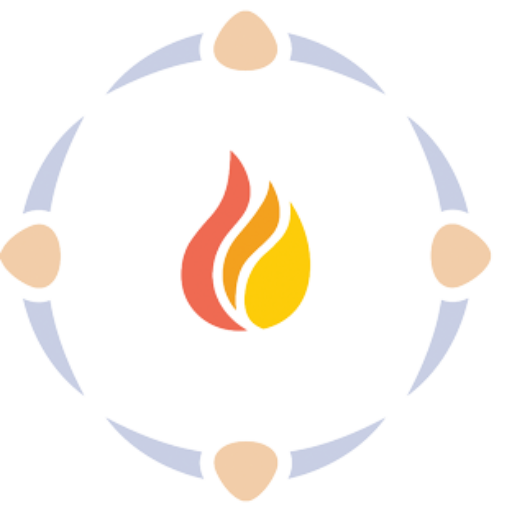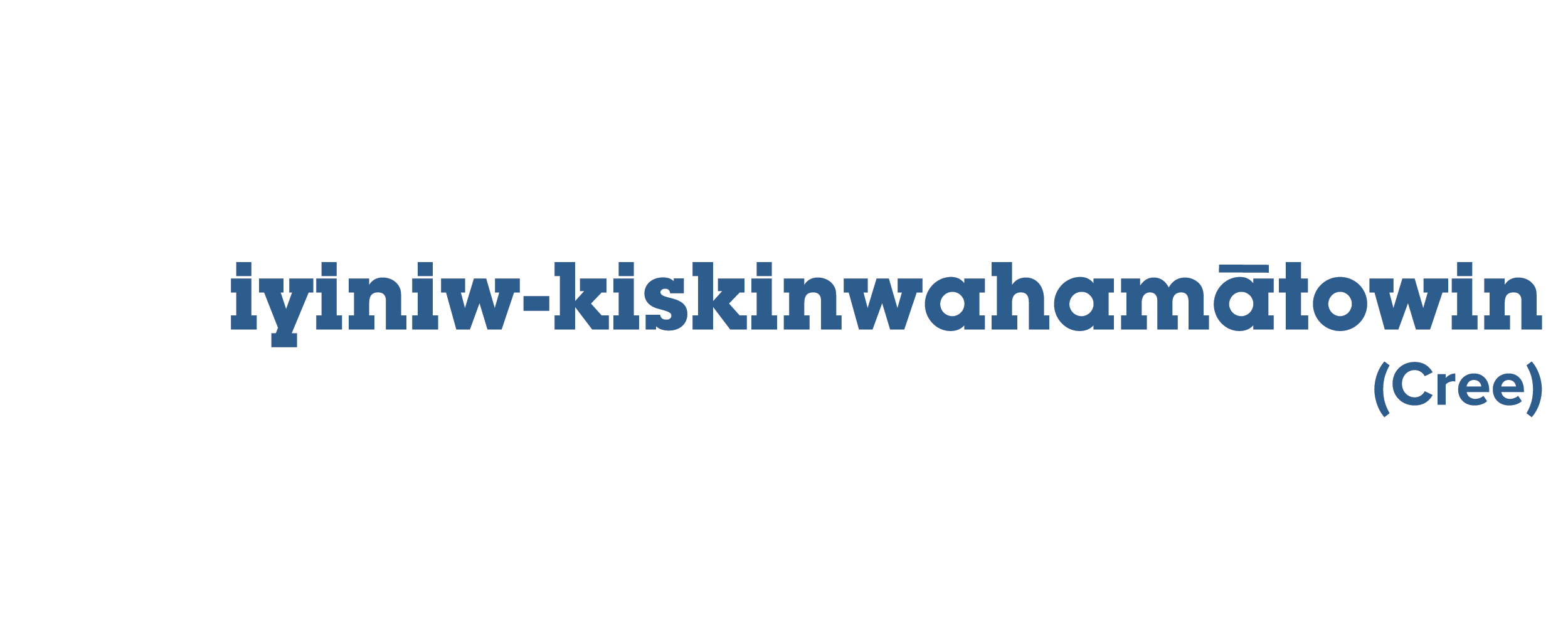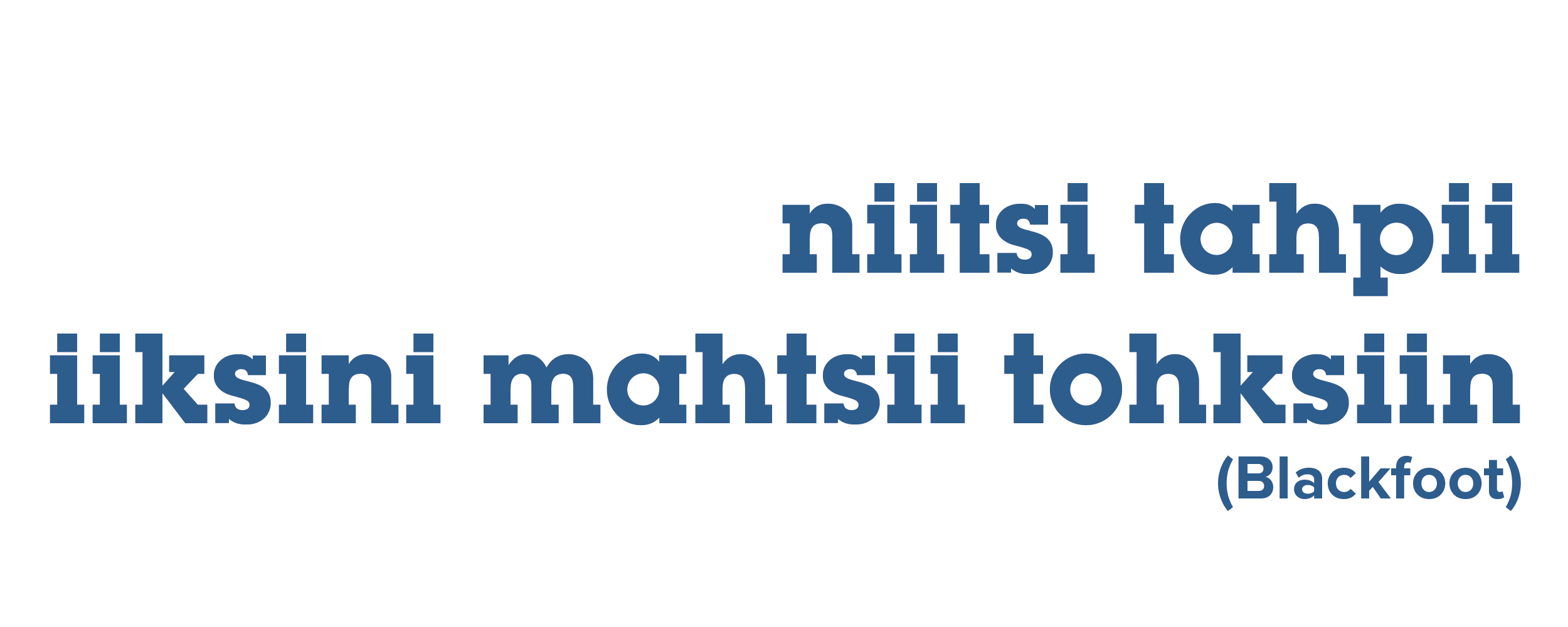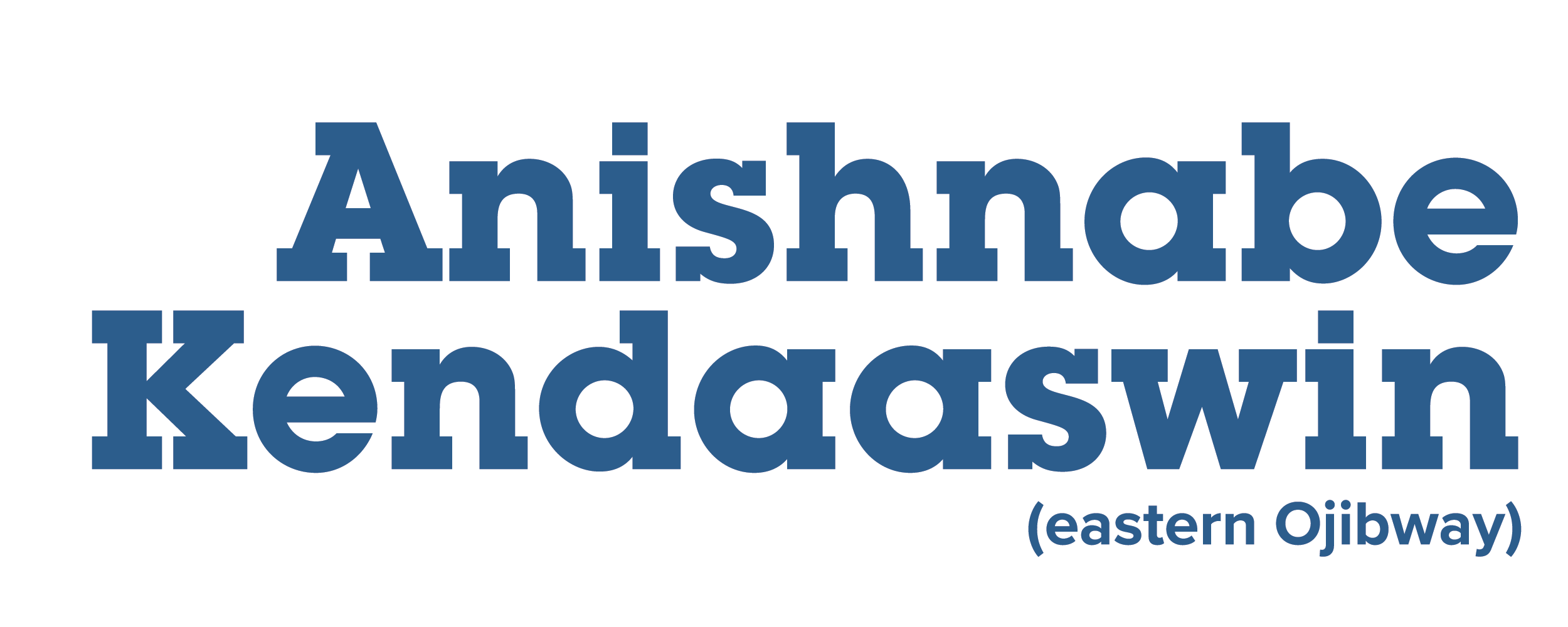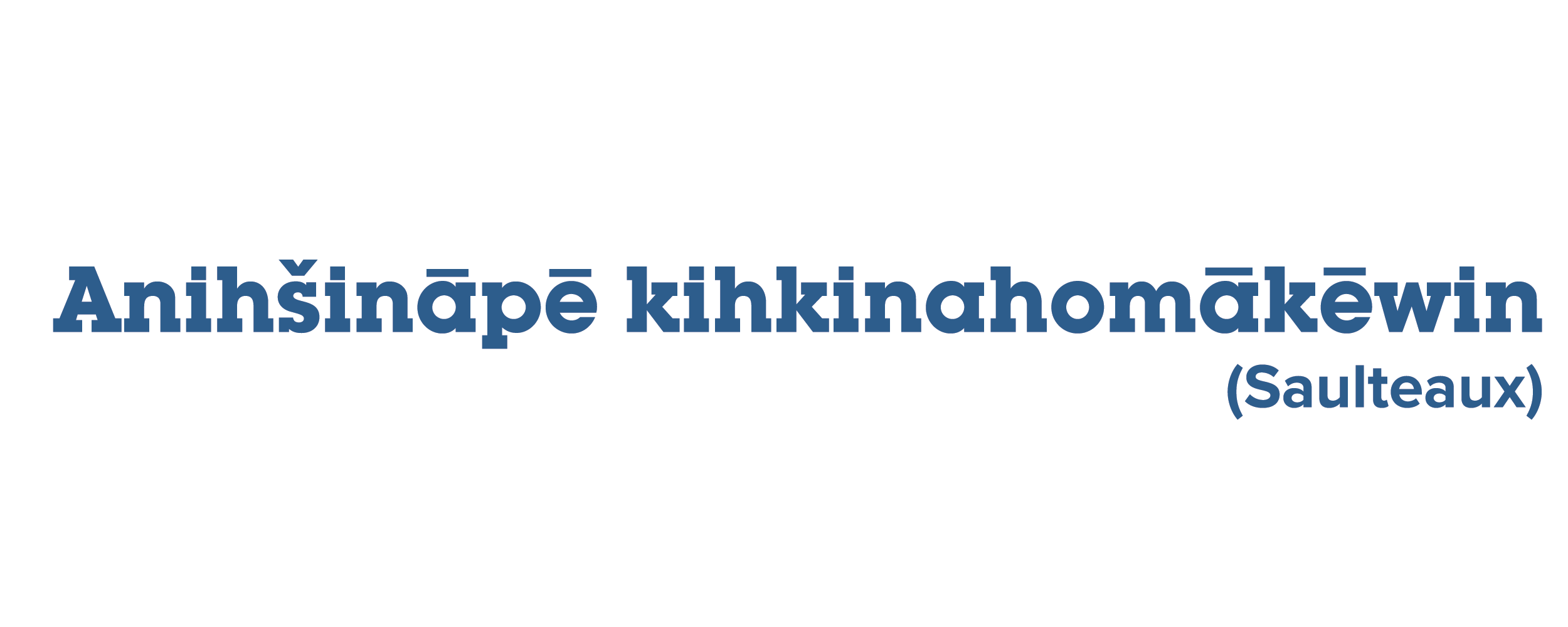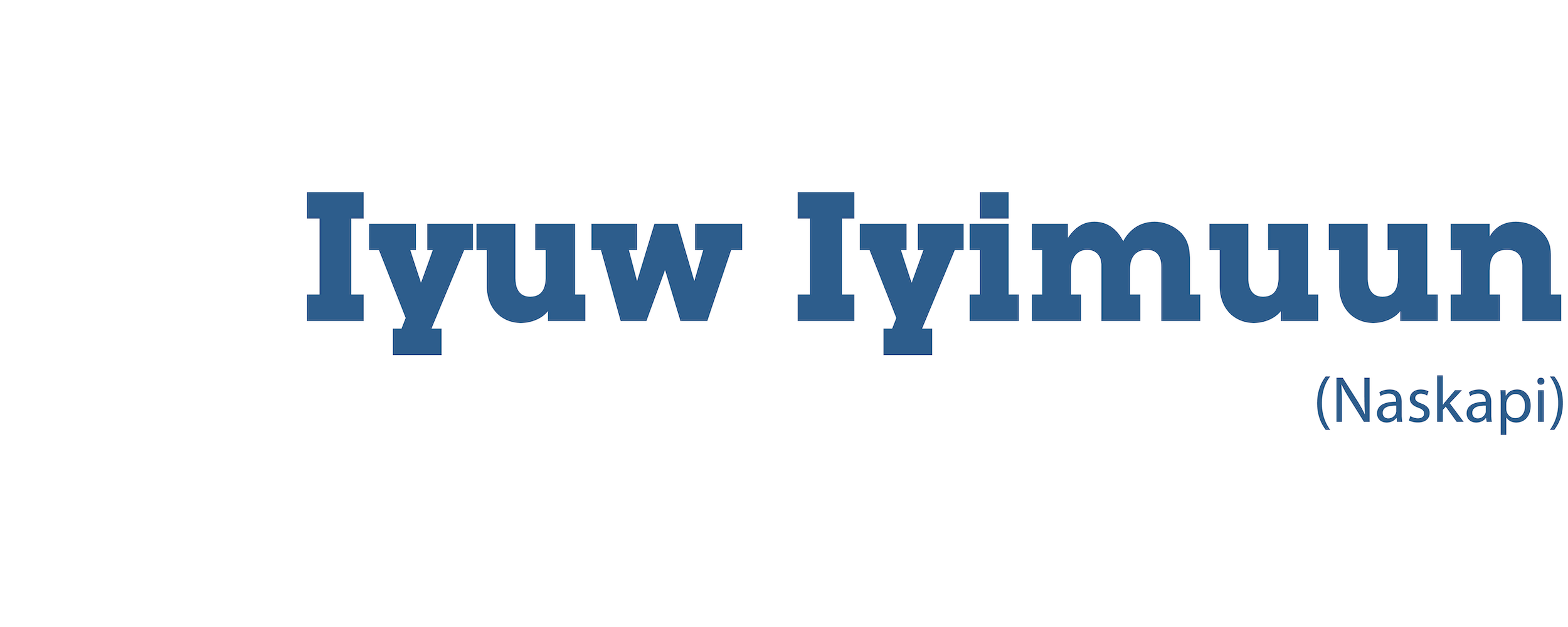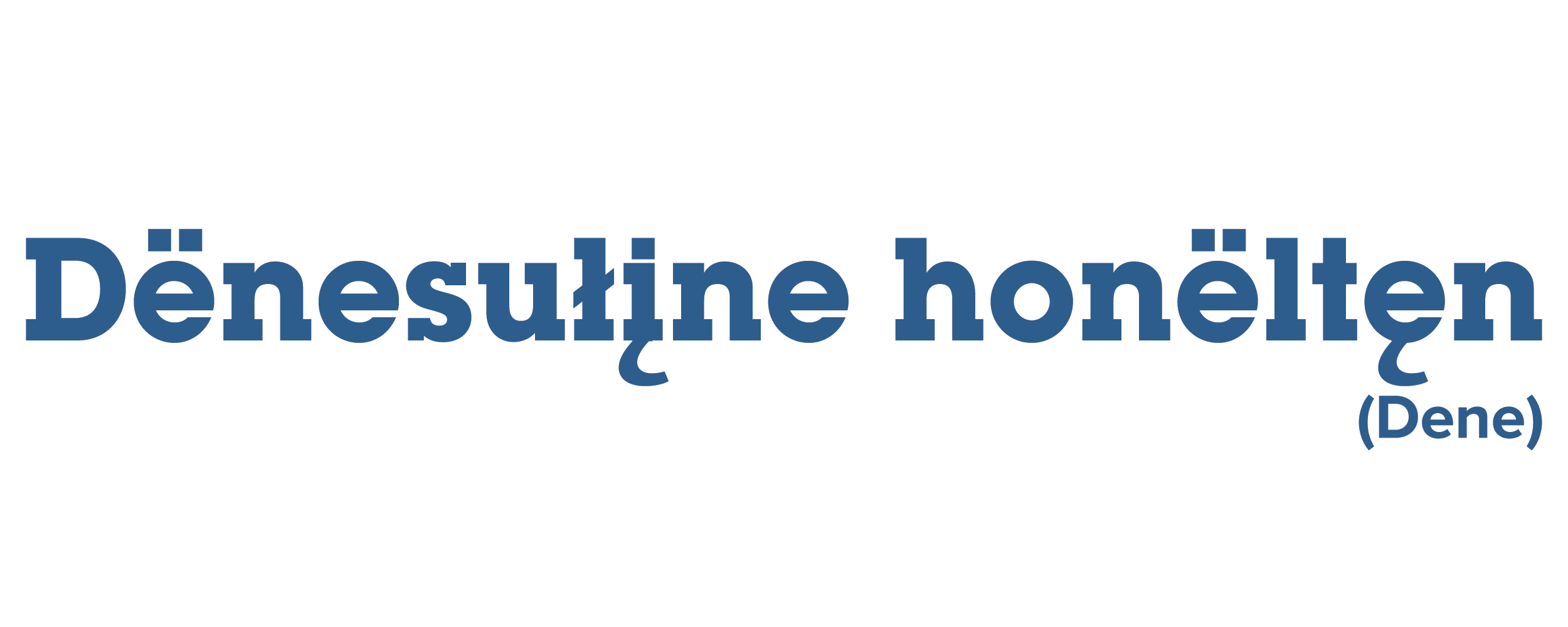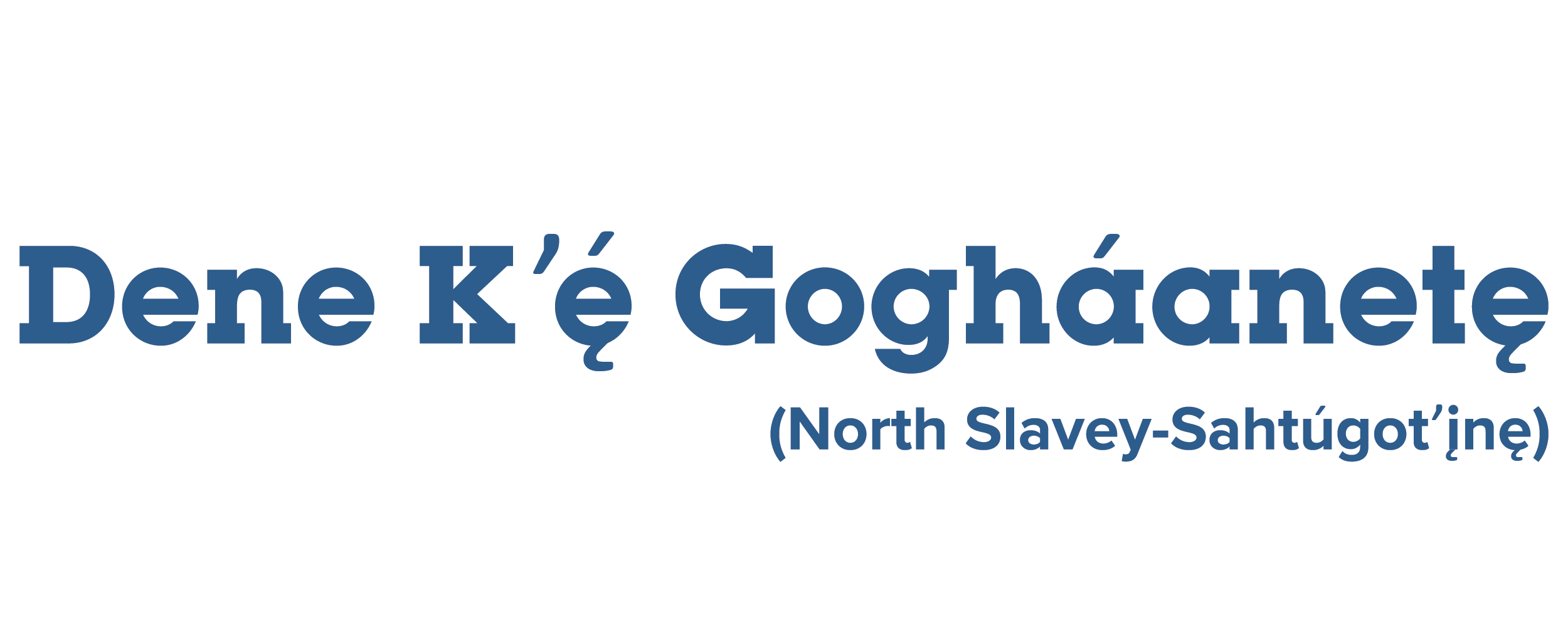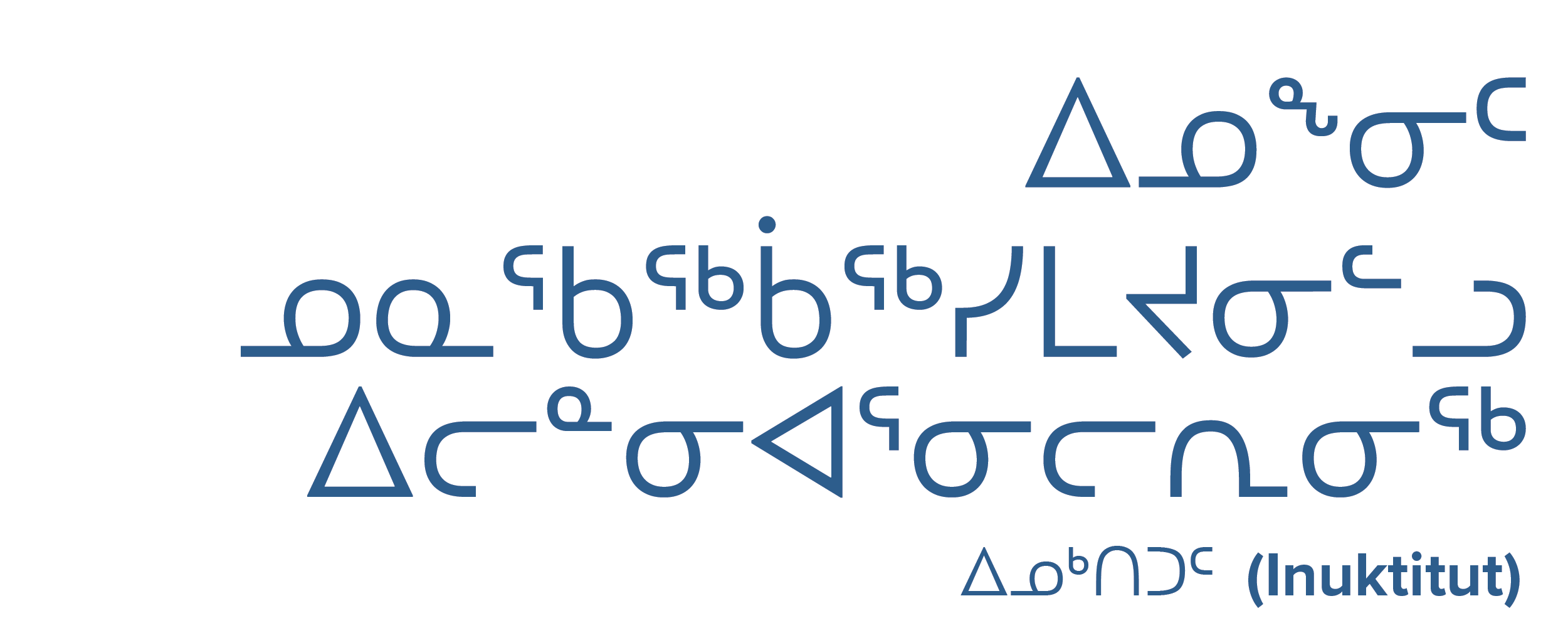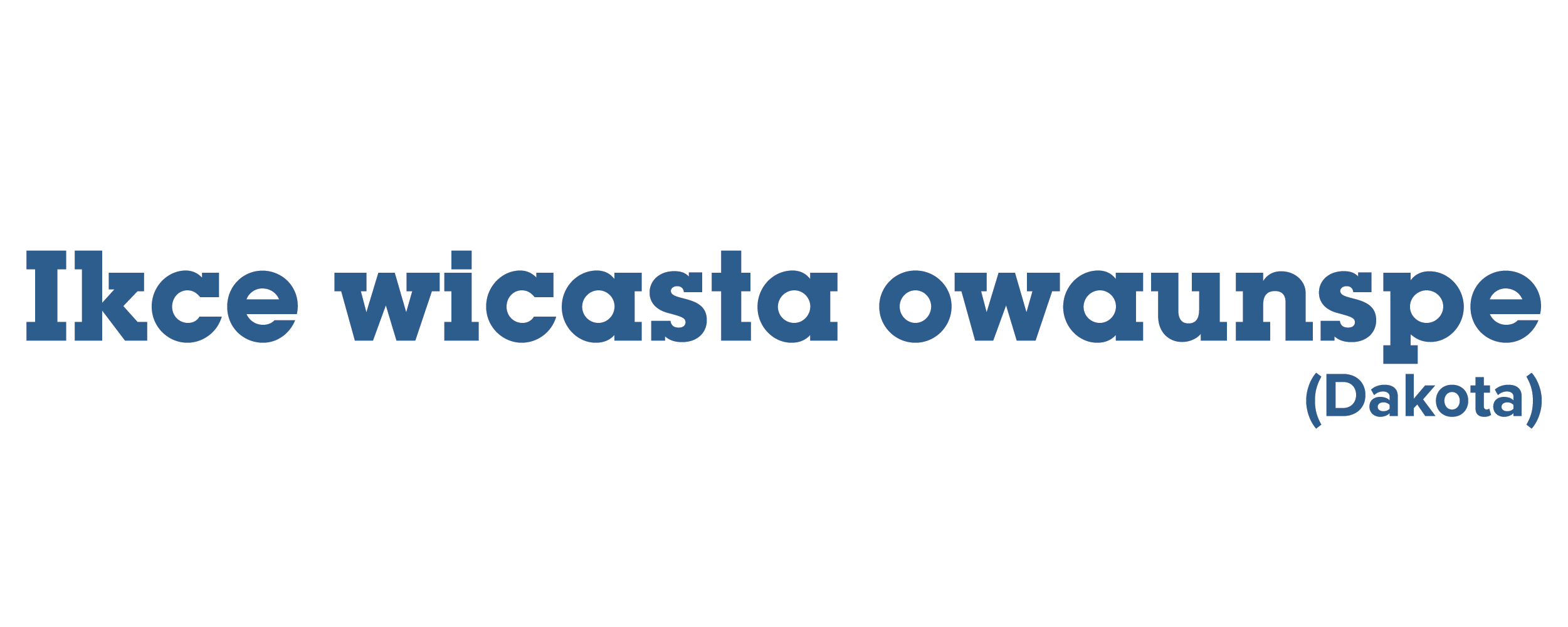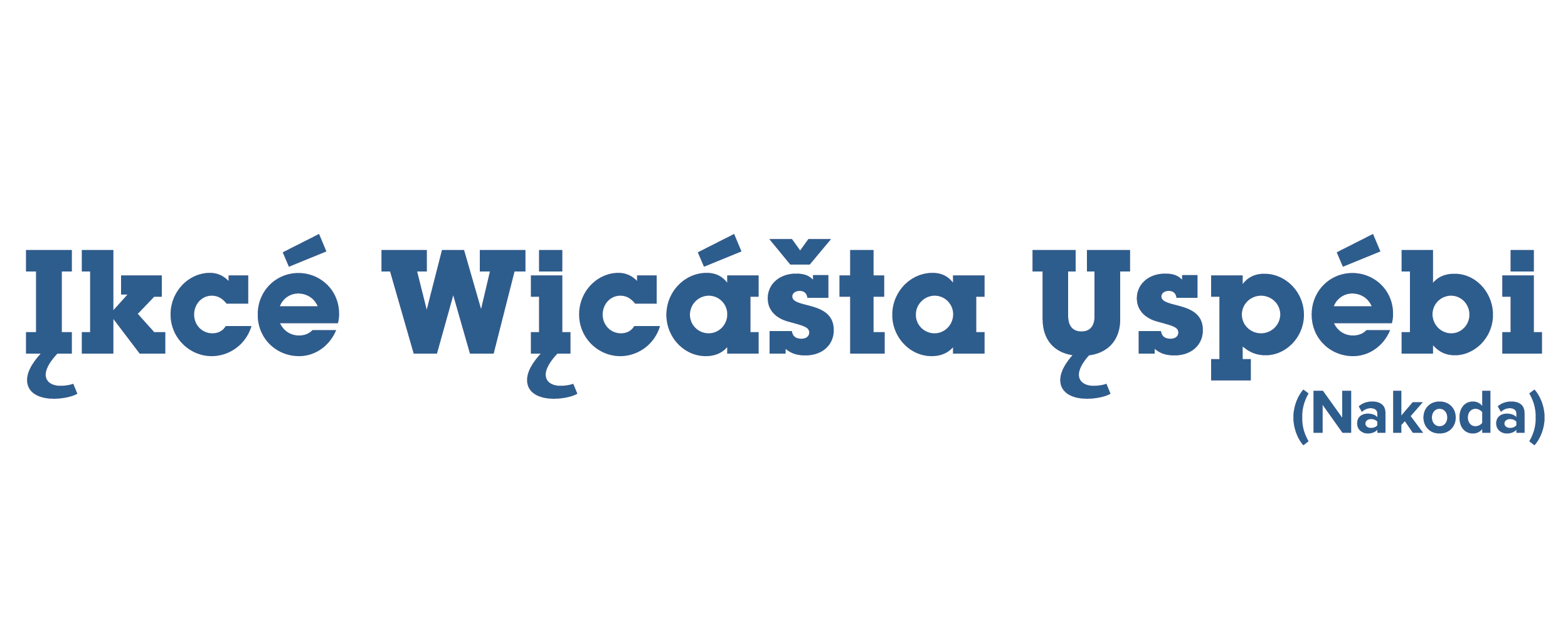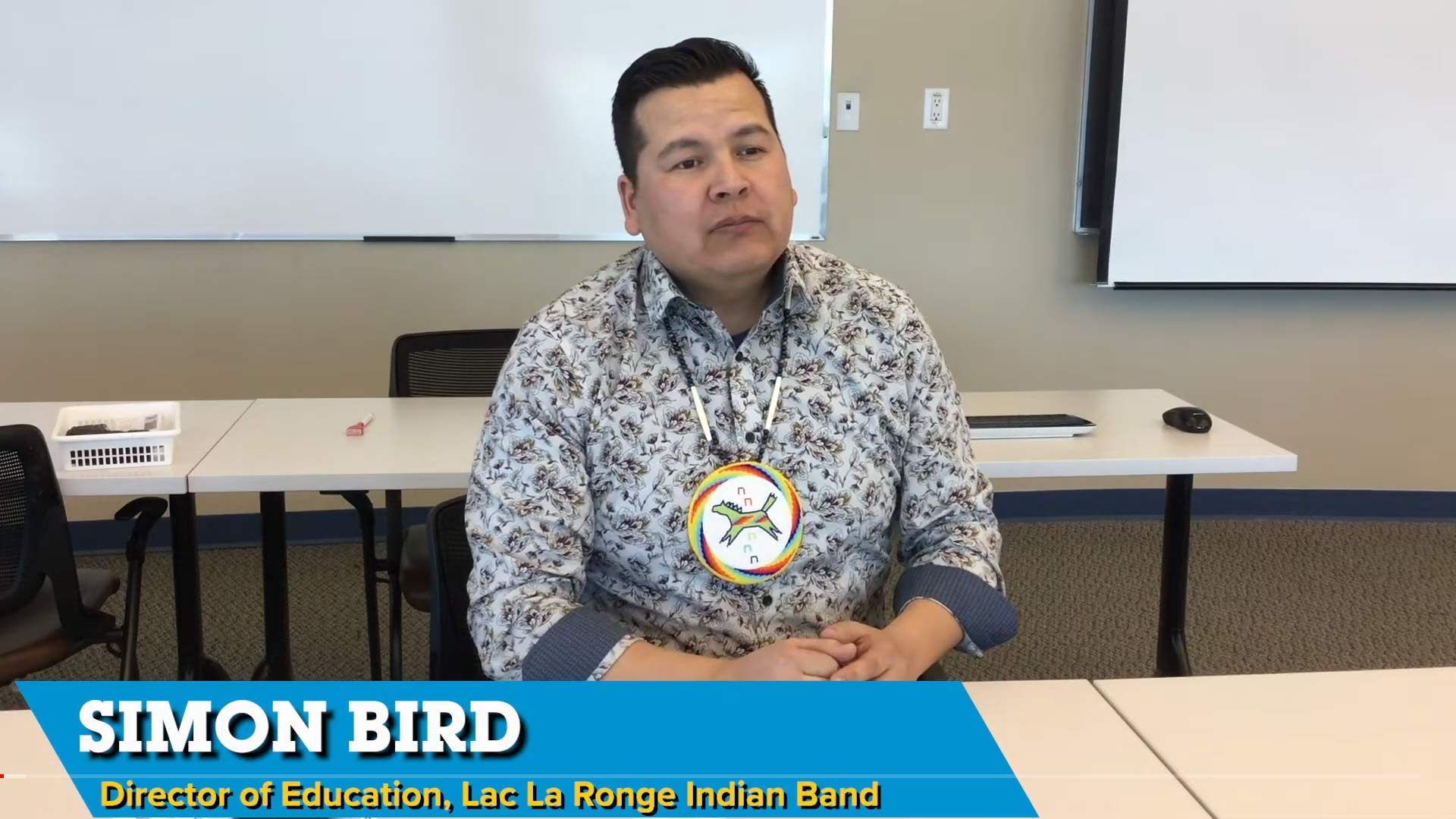Posted on April 14, 2020 by Jiah Dzentu
This is a program geared for youth aged 16 to 18 years of age. The group sets up camp for four days with the help of 2 guides. During this time, the kids leanr how to prepare camp by cutting enough wood and also learn how to create snow blinds.

This is a program geared for youth aged 16 to 18 years of age. The group sets up camp for four days with the help of 2 guides. During this time, the kids leanr how to prepare camp by cutting enough wood and also learn how to create snow blinds.
Posted on April 8, 2020 by Lisa Jodoin
Audrey Benoit, Vice-Principal of Se’t A’newey Kina’matino’Kuom in Miawpukek First Nation describes how they celebrate and support Indigenous culture in their school.
Audrey Benoit, Vice-Principal of Se’t A’newey Kina’matino’Kuom in Miawpukek First Nation describes how they celebrate and support Indigenous culture in their school.
Posted on by Yvonne Benjoe
The annual National Indigenous Youth Entrepreneurship Camp at First Nations University of Canada offers youth an opporunity to learn about business.
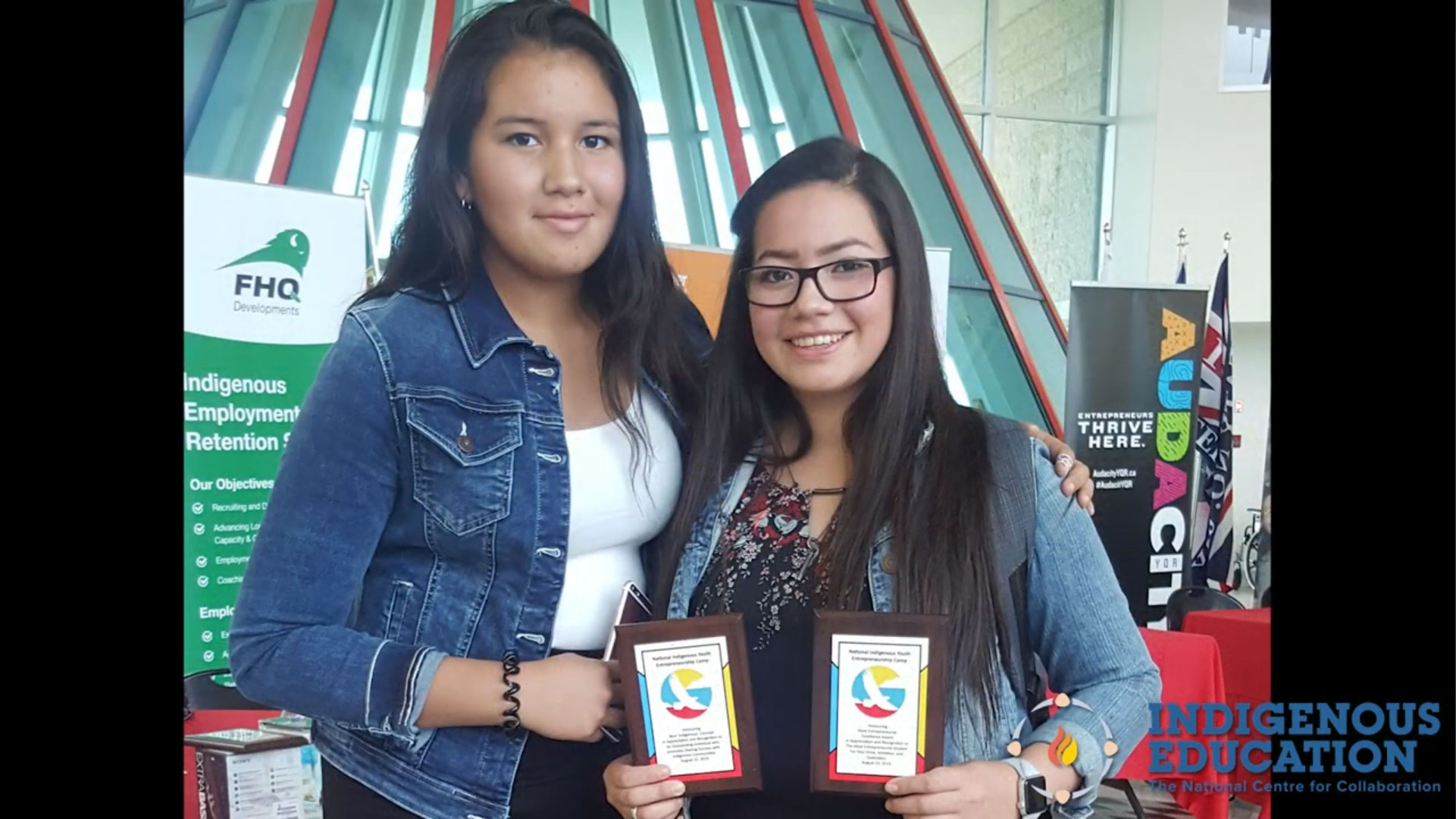
Richard Missens from Pasqua First Nation is an Assistant Professor of Indigenous Business and Public Administration at the First Nations University of Canada. Missens has been offering the National Youth Entrepreneurship Camp for at least 9 years now, and has been introducing students from Grades 10-12 to entrepreneurial business, marketing, operations, and finance concepts. The camp provides students with an idea about on-campus living and studying, giving them a sense of post-secondary studies and institutions. The main objectives of the camp are to encourage young people to stay in school, to think about owning and managing their own business, and to think about how their Indigenous identities and values align with their business idea.
Posted on by Jeremiah Sharpe
Manitoba First Nations School System (MFNSS), begun in 2017, has been empowered to engage in Indigenous led education within the province. Established by the Manitoba First Nations Education Resource Centre (MFNERC), MFNSS is a First Nations-designed and led school system. For more information, visit: https://www.mfnss.com/About/Pages/default.aspx#/=.
Manitoba First Nations School System (MFNSS), begun in 2017, has been empowered to engage in Indigenous led education within the province. Established by the Manitoba First Nations Education Resource Centre (MFNERC), MFNSS is a First Nations-designed and led school system. For more information, visit: https://www.mfnss.com/About/Pages/default.aspx#/=.
Posted on by Laura Forsythe
Winnipeg School Division’s Aboriginal Graduation Coaches program provides multi-year support and guidance to students on their journey from Grade 9 to graduation.
In 2015, the Winnipeg School Division started an Aboriginal Graduation Coaches program which is an initiative that is focused on assisting Indigenous students to graduate high school. Winnipeg School Division’s Aboriginal Graduation Coaches program provides multi-year support and guidance to students on their journey from Grade 9 to graduation. The Aboriginal Graduation Coach Program focuses on the following six areas: Relationships & Mentoring, Transitions, Culture, Academics, Career Planning and Family Engagement. The focus of the Grad Coach is to increase Aboriginal graduation rates. Additional goals of the program include: Improve Aboriginal student attendance, course grades, and credit attainment; identify factors contributing to drop out rates; identify and create plans to overcome graduation barriers; improve transitions from junior high to high school, as well as to post-secondary/workforce; facilitate high school and post-secondary planning; and create a graduation team of support for the students. Link to a video about the program https://vimeo.com/225579583
Posted on November 25, 2019 by Andrée Cazabon
4 Seasons of Reconciliation is a multi-media teaching unit that promotes a renewed relationship between Indigenous Peoples and Canadians.
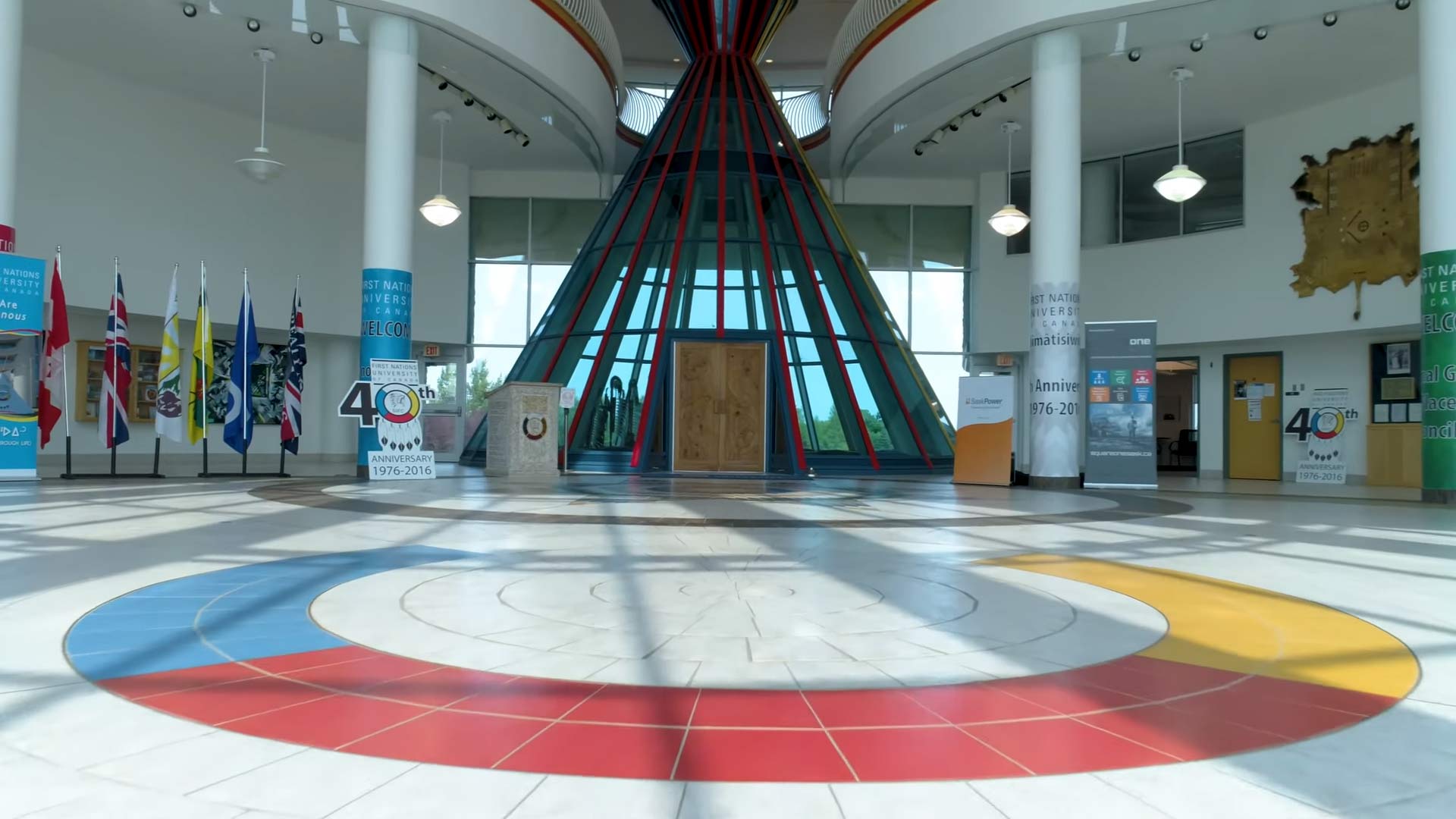
This educational initiative, developed for secondary, post-secondary and the workplace, incorporates teacher guides, slideshows, videos and films along with engaging online portals.
The reconciliation education resources are produced under the guidance of the ‘4 Seasons of Reconciliation Indigenous Advisory Circle.’ We work in a spirit of collaboration and co-creation with the Indigenous contributors featured throughout our resources and education units.
This resource is available for professional development use and educational purposes in workplaces and education sectors and aims to assist in meetings some of the Truth and Reconciliation Calls to Action.
For more information, please visit: https://www.reconciliationeducation.ca/.
4 Seasons of Reconciliation was produced by Productions Cazabon in collaboration with First Nations University of Canada (FNUniv) and with support from FNUniv, the Aboriginal Healing Foundation, and the National Centre for Collaboration in Indigenous Education.

